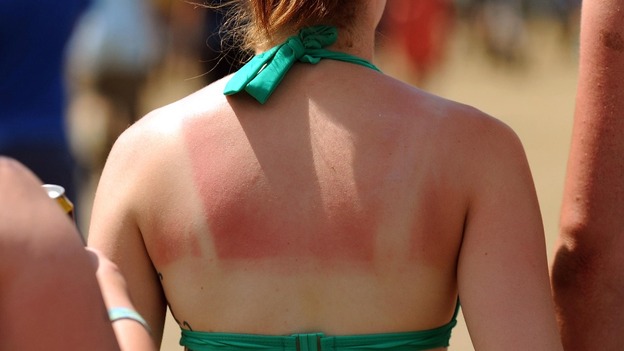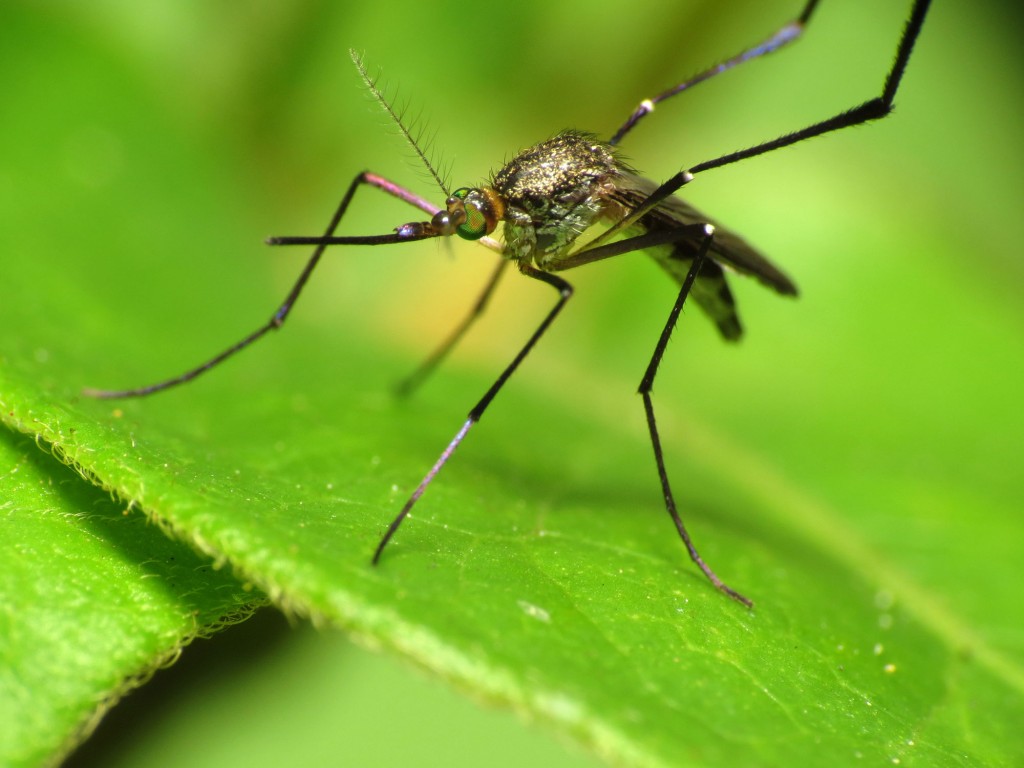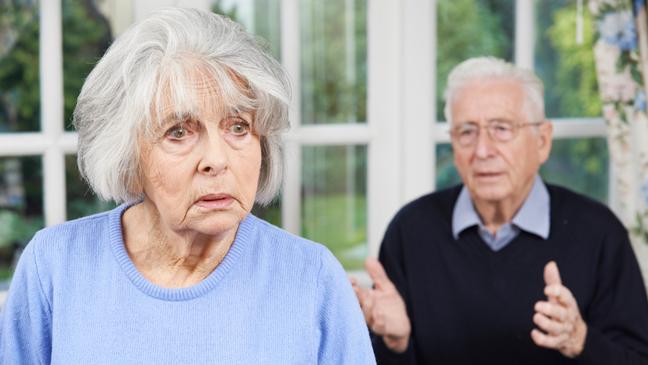Skin Cancer Rates Are Soaring In The UK
An increasing number of Brits of all ages are being diagnosed with deadly melanomas – but those aged over 50 are worst affected.
In 1981 there were about 480 50 to 59-year-olds diagnosed with malignant melanoma, and now it rais3ed to 1,950 a year by 2010, Cancer Research UK said.
Almost five people a day are diagnosed with the disease – which can prove fatal if diagnosed at a late stage.
Figures states that the number of cases of malignant melanoma across all age groups is on the rise.
Researchers at the University of Edinburgh are finding new ways to help people recognise earlier the signs of skin cancer earlier.
The team thinks that if they are using web-based images could help people recognise skin abnormalities.
Professor Jonathan Rees, who is leading the team, said: “People’s idea of what skin cancer looks like is limited to three or four images that are widely used to promote awareness of the disease – but we don’t think this goes far enough with helping people identify the problem and going to their doctor.
“The team in Edinburgh are working to use the internet and the potential it offers to access many images.
“It’s a bit like bird spotting – using pictures as a guide to what malignant melanoma could look like and helping people make a better decision about seeing their doctor.
“It’s worrying that melanoma rates are on the rise. But, if caught early, melanoma can be treated very successfully so if we can develop a better system of encouraging people to go to the doctor, this could potentially save a great deal of lives.”
Sara Hiom, director of information at Cancer Research UK, added: “We know that cancer survival in the UK lags behind the best in Europe and this is likely because of a combination of many factors including late diagnosis.
“Melanoma is a largely preventable disease. People can reduce their chance of developing skin cancer in the first place if they protect their skin from sunburn.
“But it’s also important that people are aware of the warning signs for malignant melanoma.
“Look out for changes in size, shape or colour of a mole, freckle or normal patch of skin – these should be reported to a GP without delay.
“In particular look for moles or freckles that are asymmetrical, with uneven colours or borders, larger than a pencil top eraser, are itchy or bleed.
“The chances are this won’t turn out to be cancer, but if it is, spotting it early could make a real difference to the outcome.”
A Cancer Research UK spokeswoman also said the charity is working with supermarket Tesco to increase awareness about the importance of early diagnosis.
The store is providing informative leaflets about cancer and is aiming to raise £10m this year to fund 32 early diagnosis research projects across the UK.










